IFOM research programs
Discover our research programs
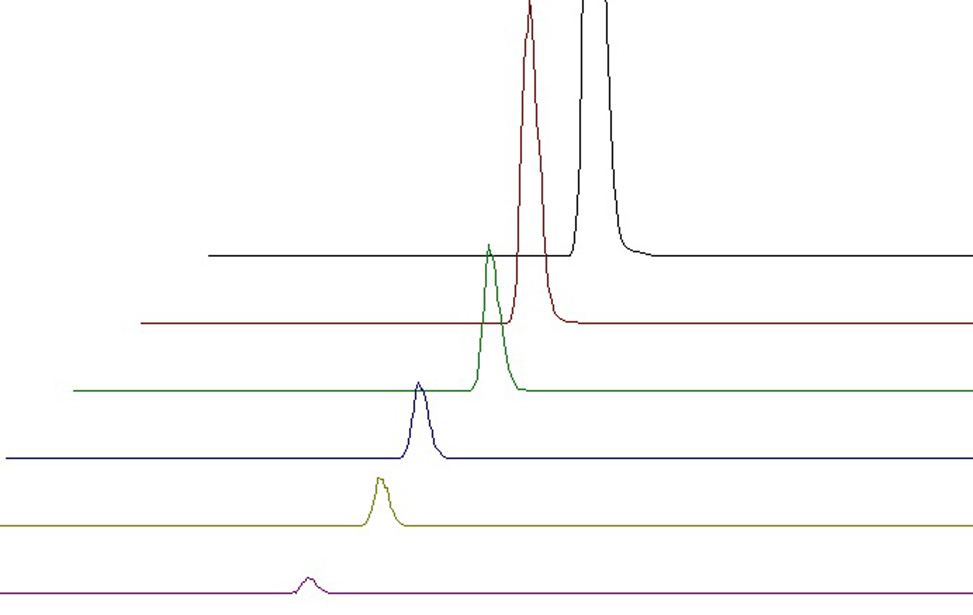
Functional Proteomics
Principal Investigator
Angela Bachi
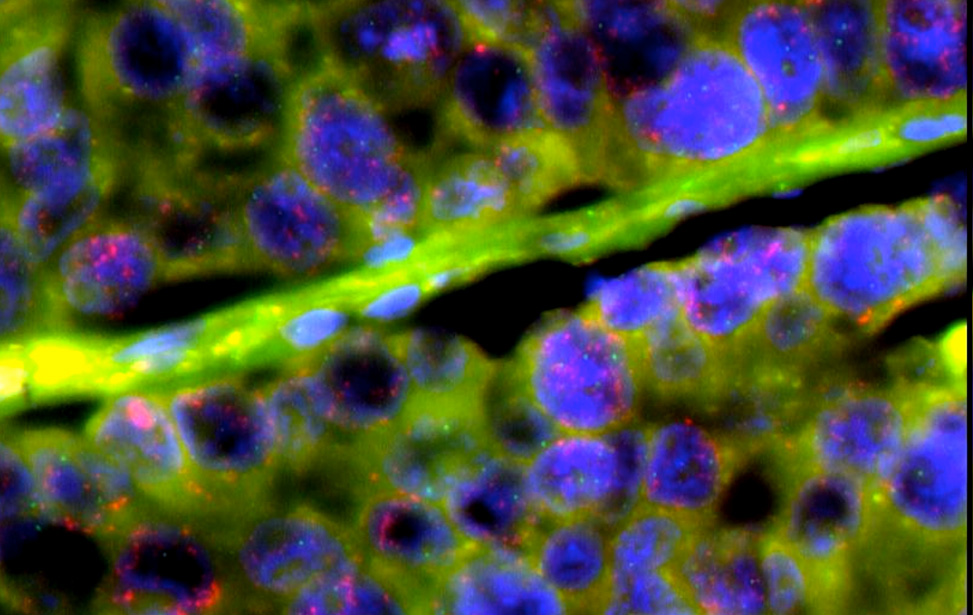
Genomics of Cancer and Targeted Therapies
Principal Investigator
Alberto Bardelli

DNA Repair
Principal Investigator
Dana Branzei
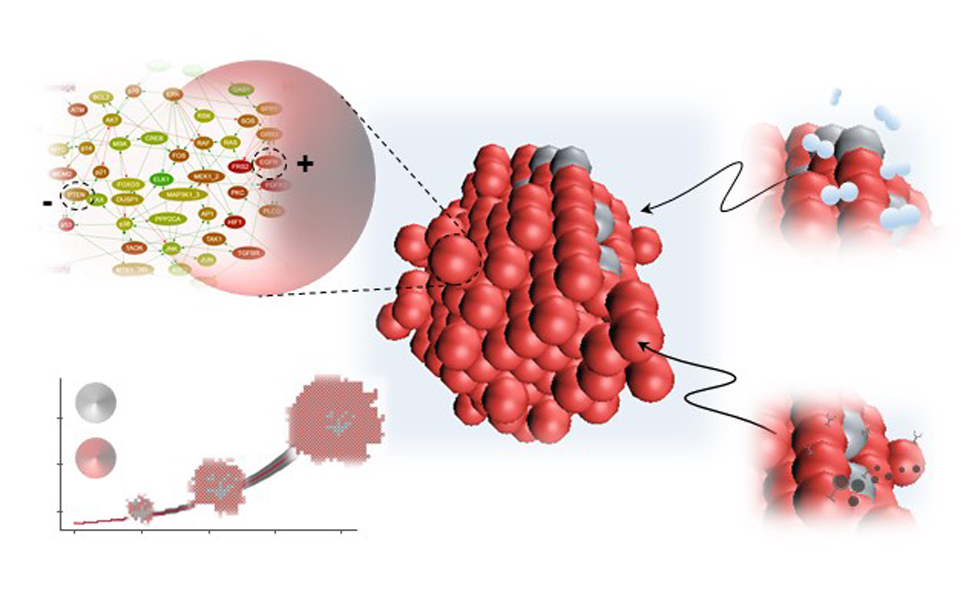
Artificial Intelligence & Systems Biology
Principal Investigator
Francesca Buffa
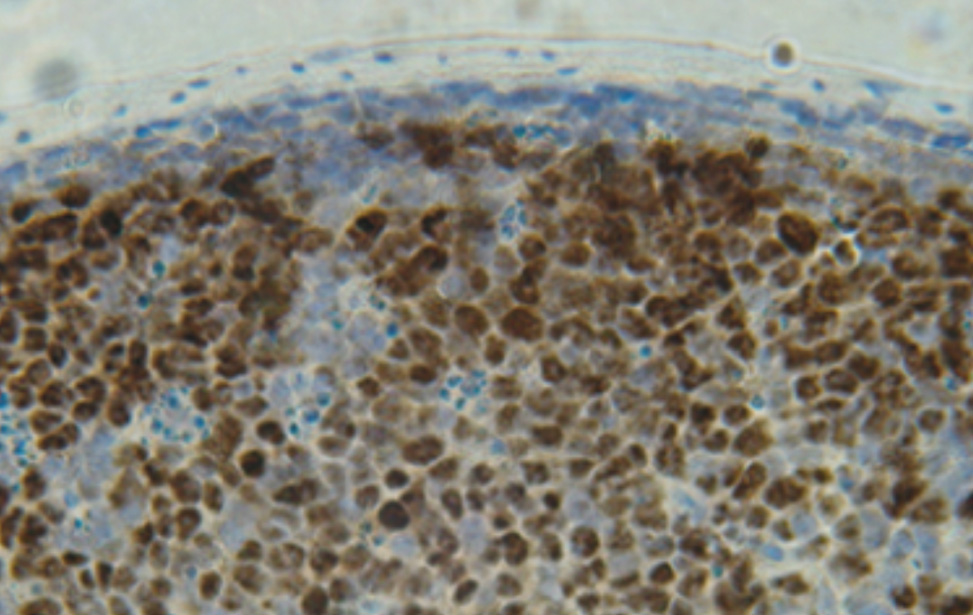
Genetics of B Cells and Lymphomas
Principal Investigator
Stefano Casola
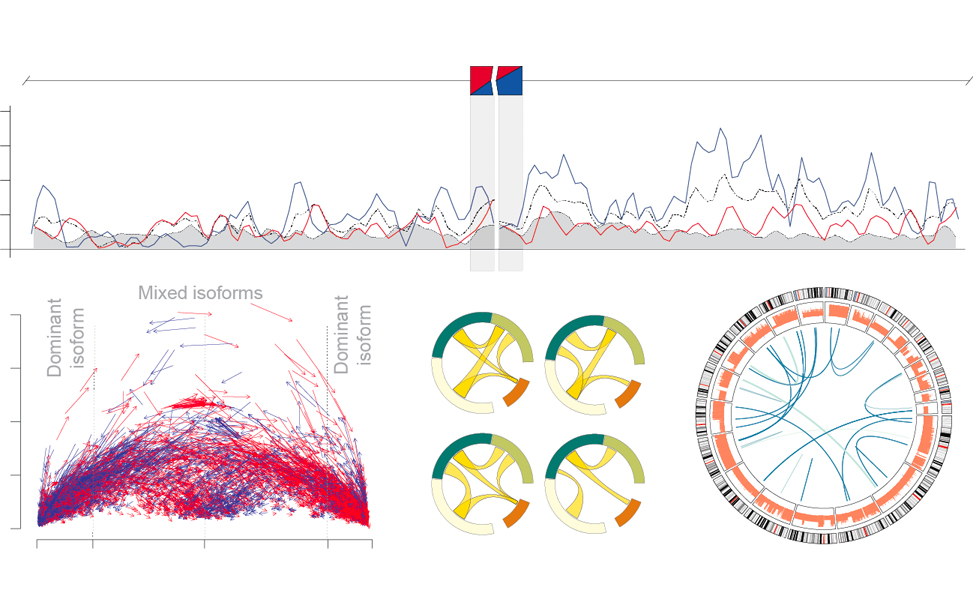
RNA regulatory networks in translation oncology
Principal Investigator
Matteo Cereda
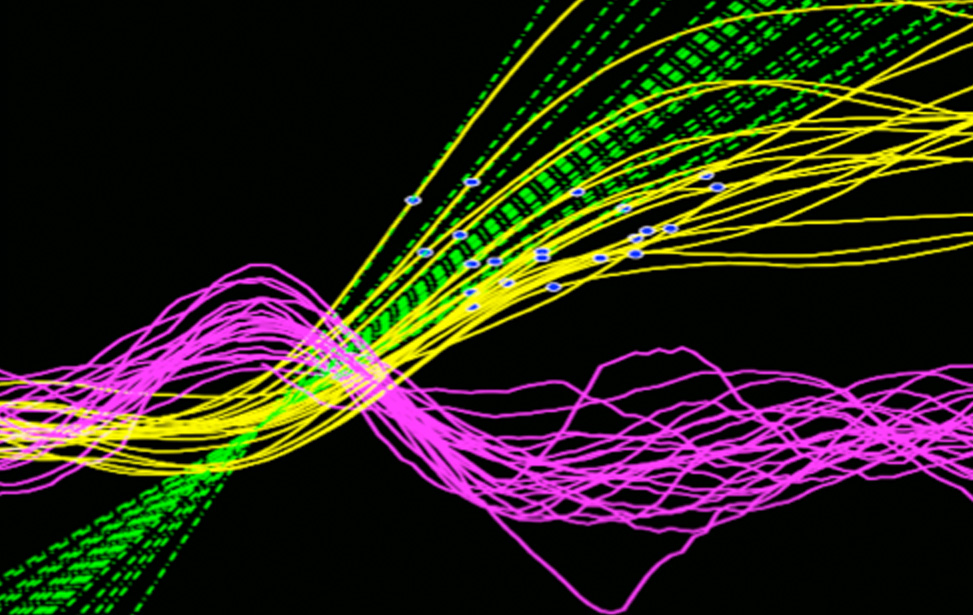
Quantitative Biology of Cell Division
Principal Investigator
Andrea Ciliberto
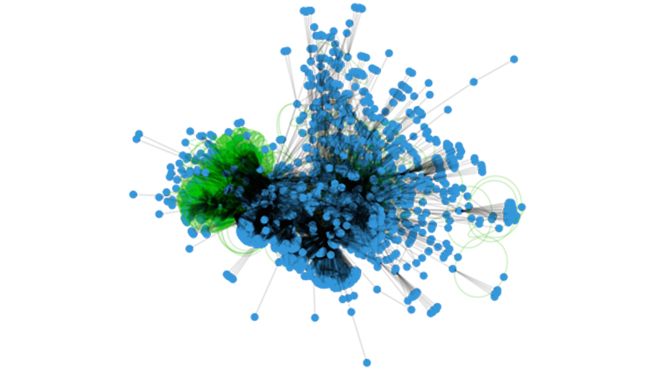
Statistical physics of cells and genomes
Principal Investigator
Marco Cosentino Lagomarsino
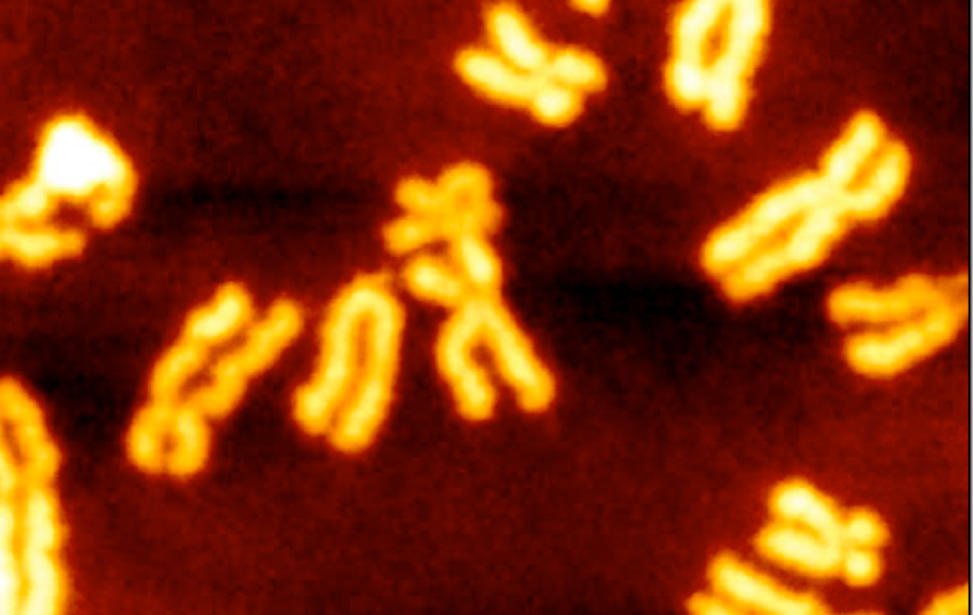
DNA Metabolism
Principal Investigator
Vincenzo Costanzo
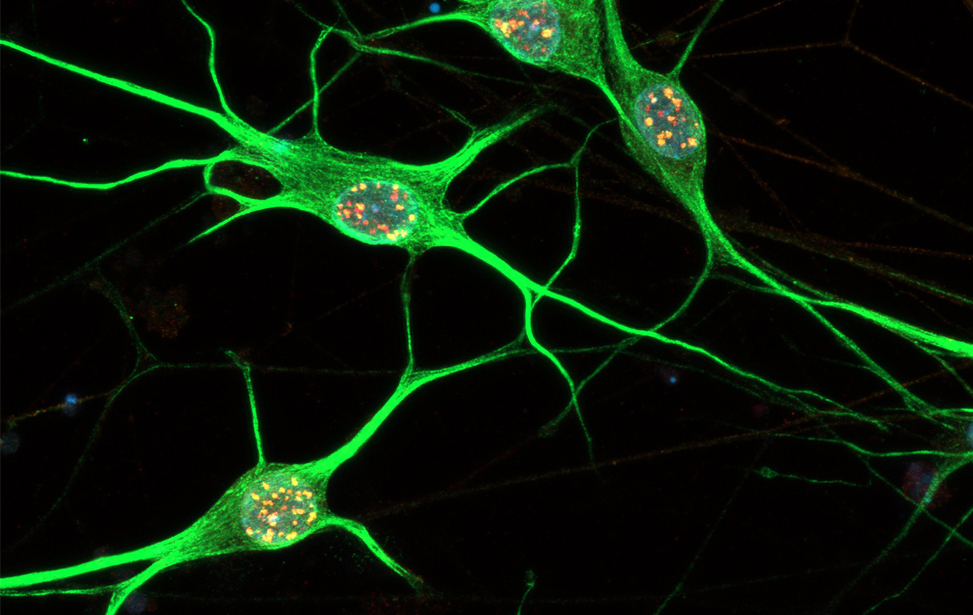
DNA Damage Response and Cellular Senescence
Principal Investigator
Fabrizio d'Adda di Fagagna
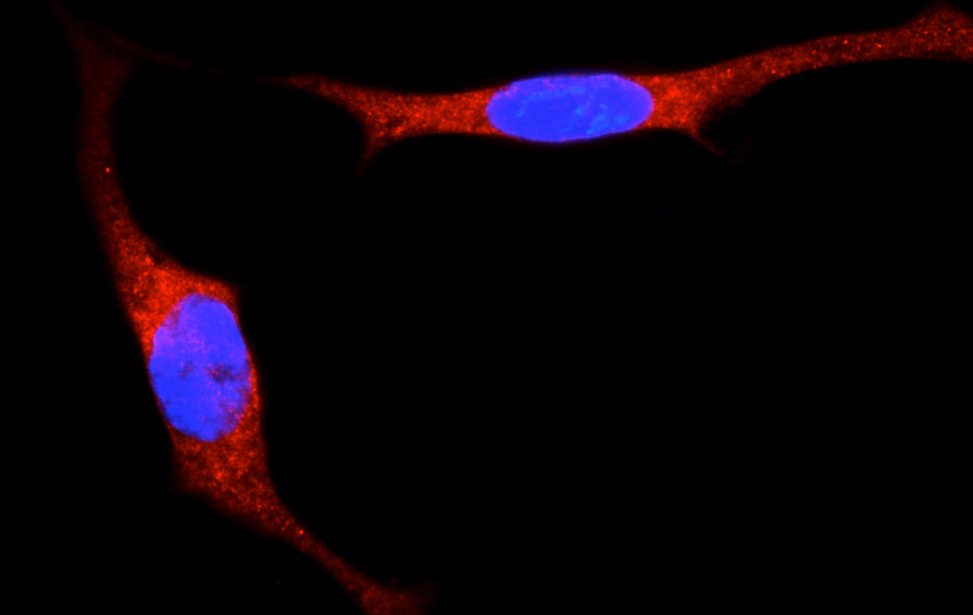
Signalling, tumor environment and cell metabolism
Principal Investigator
Giannino Del Sal
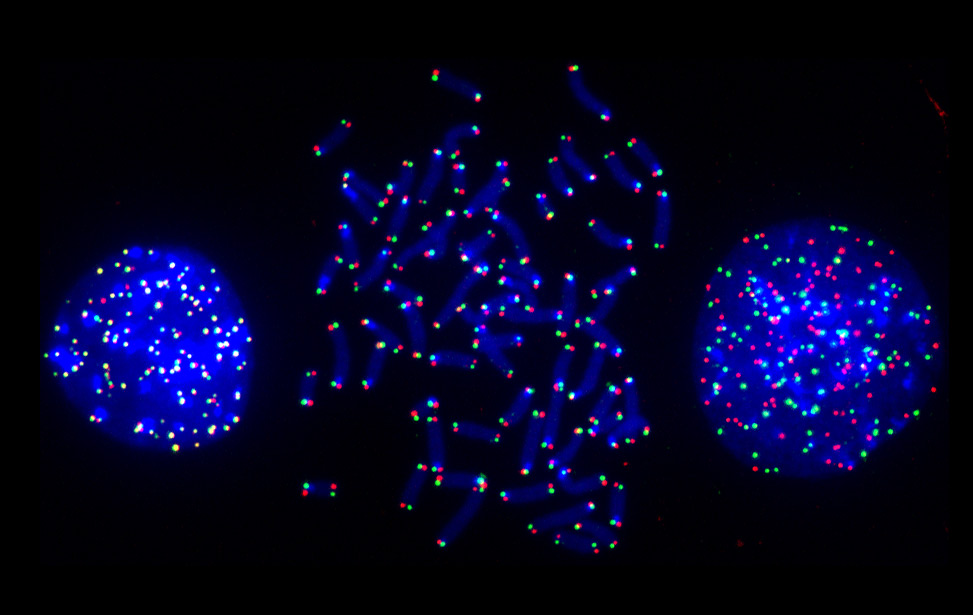
Replication Stress Response
Principal Investigator
Ylli Doksani
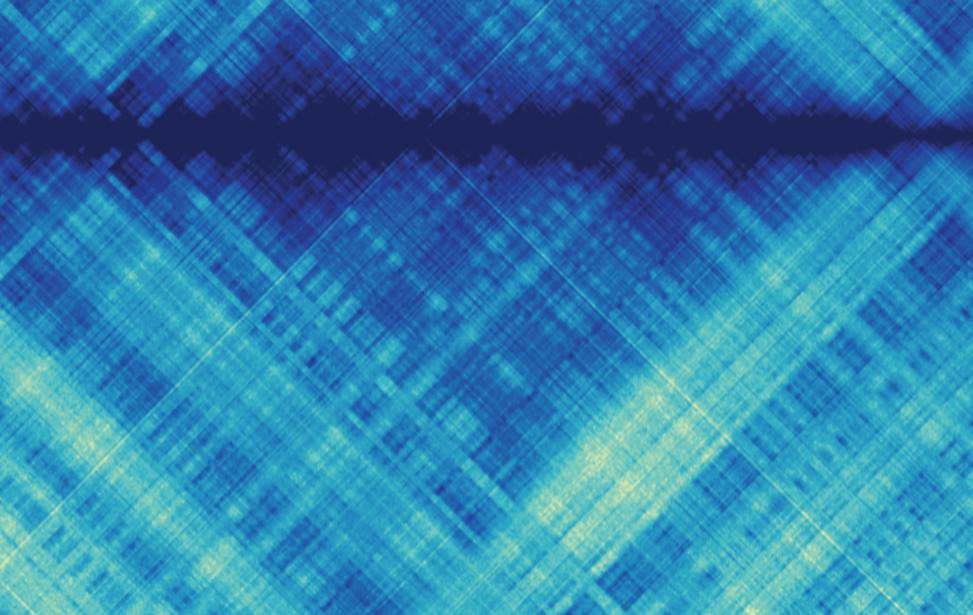
Computational genomics
Principal Investigator
Francesco Ferrari
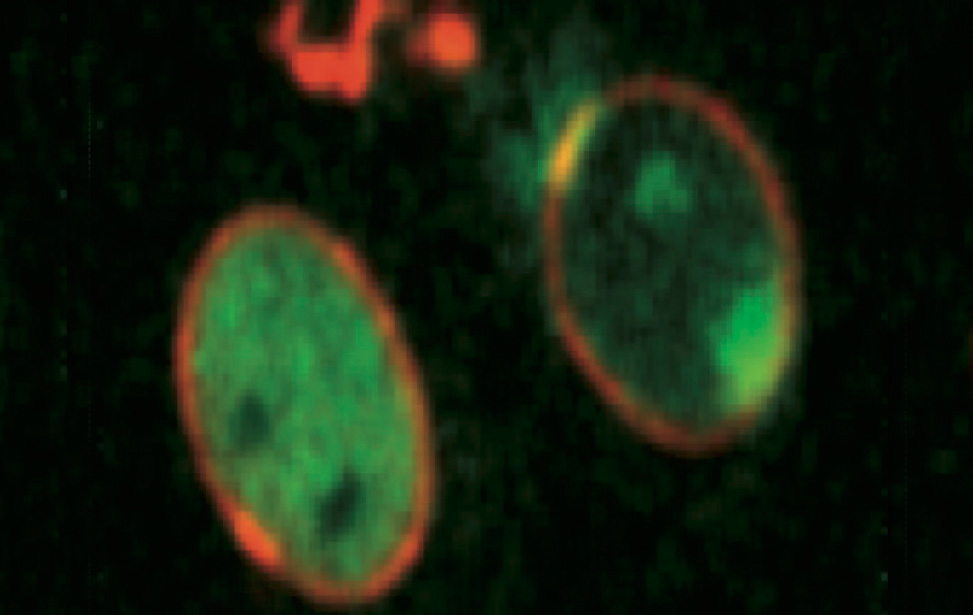
Genome Integrity
Principal Investigator
Marco Foiani
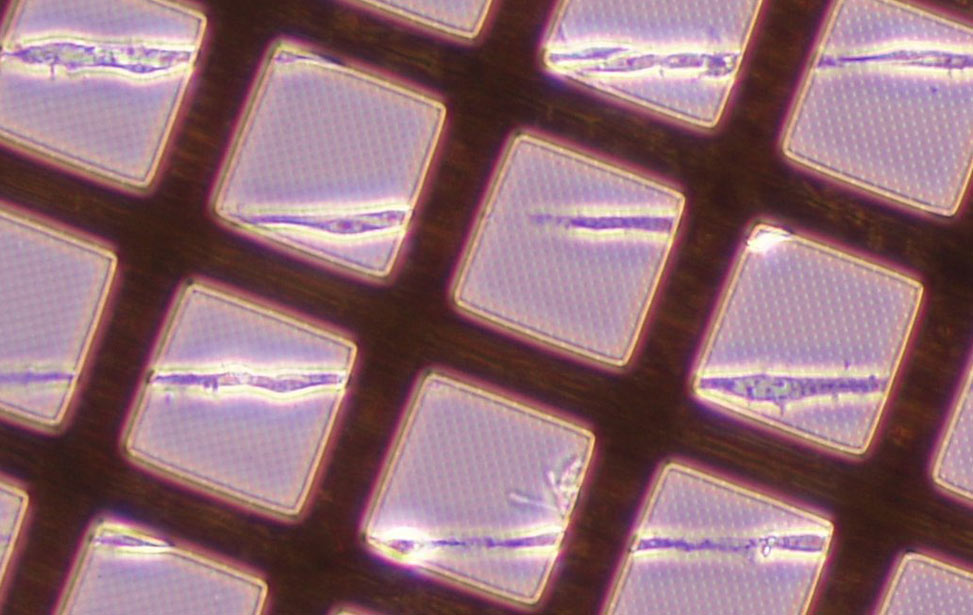
Mechano-Oncology
Principal Investigator
Nils Gauthier
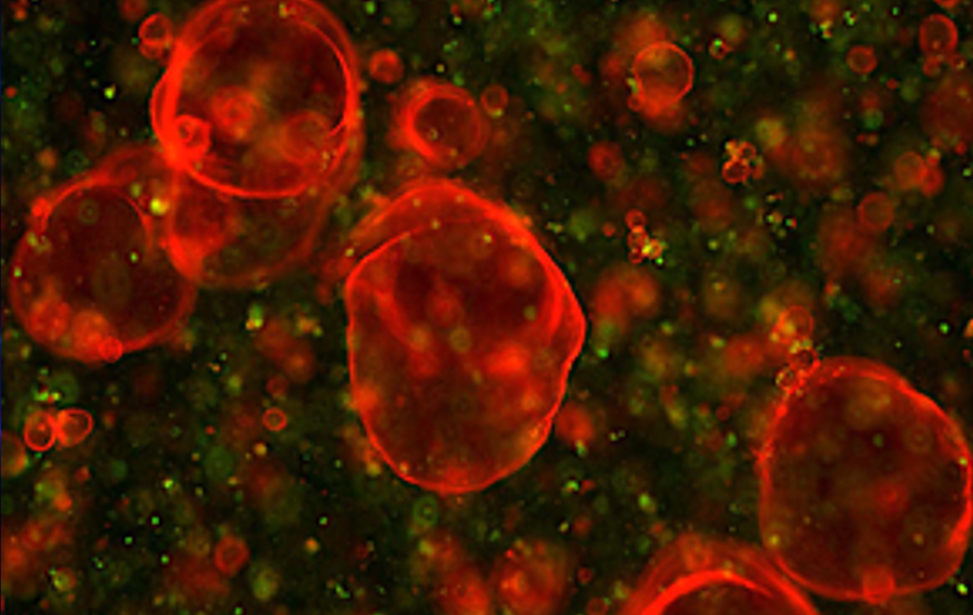
Cell Plasticity & Aging
Principal Investigator
Marta Kovatcheva
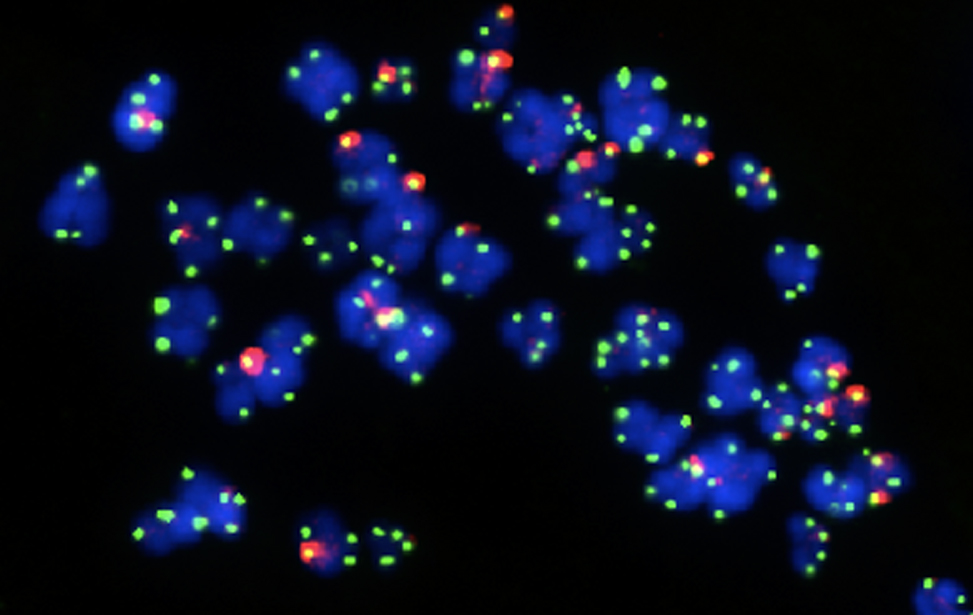
Chromosome Instabilities
Principal Investigator
Makoto Hayashi
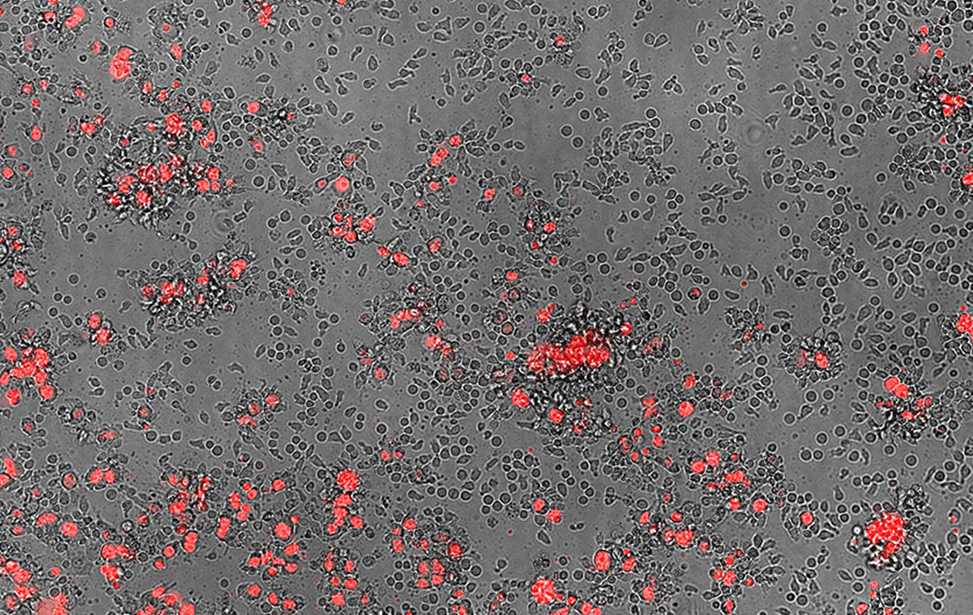
Functional Genomics of Cancer Immunity
Principal Investigator
Giuseppe Leuzzi
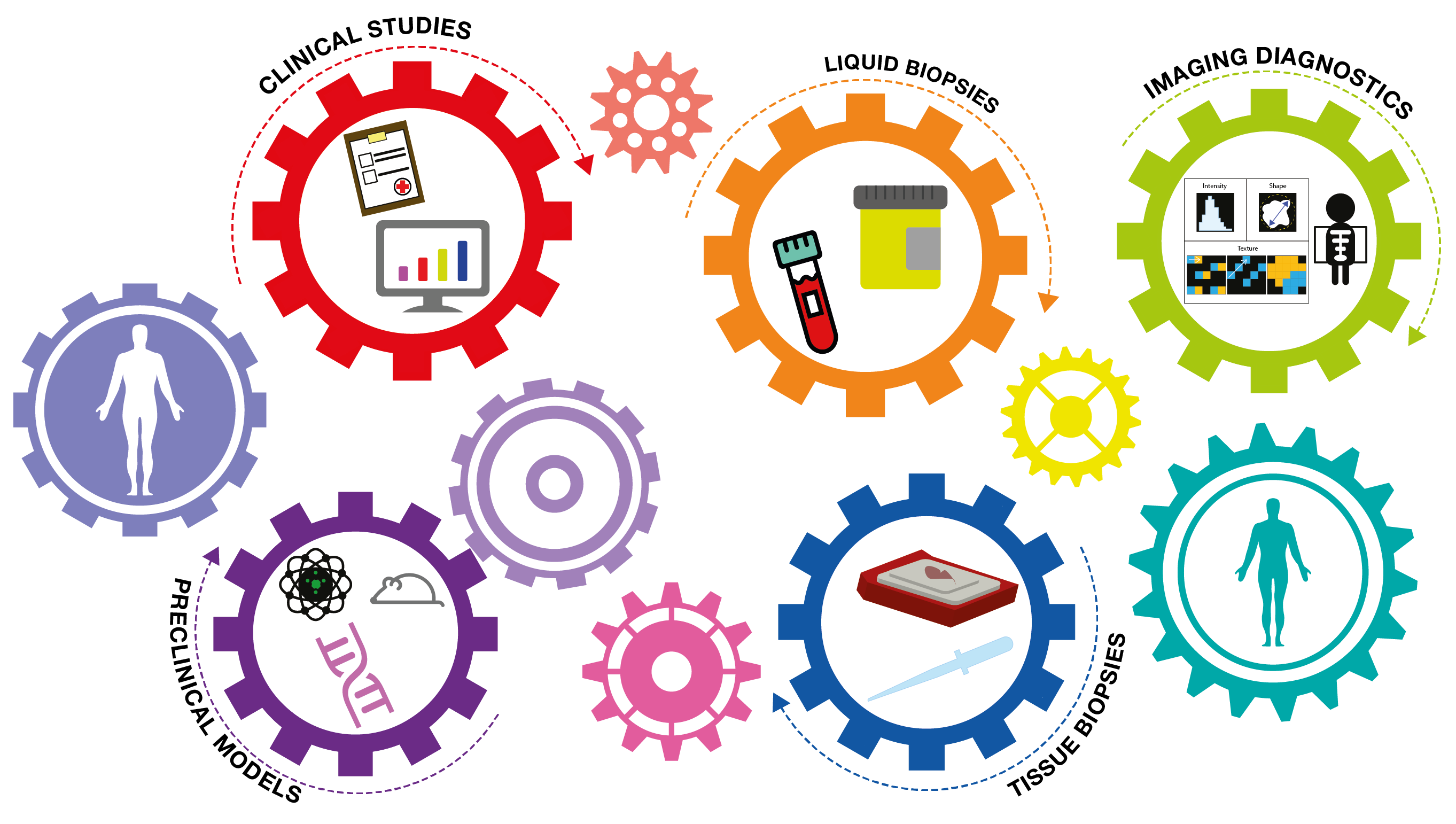
Precision Oncology
Principal Investigator
Silvia Marsoni
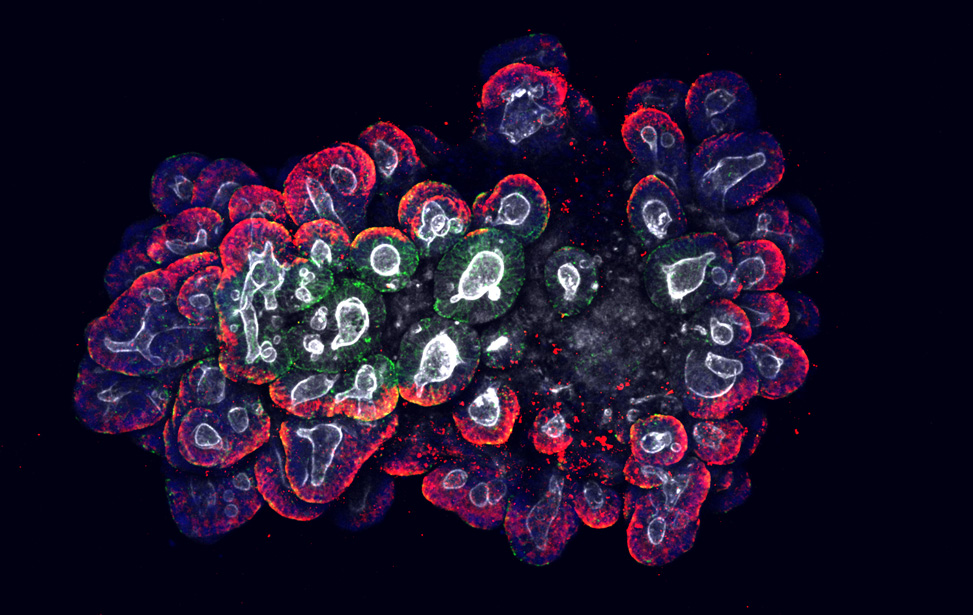
Molecular Oncology and Immunology
Principal Investigator
Massimo Pagani
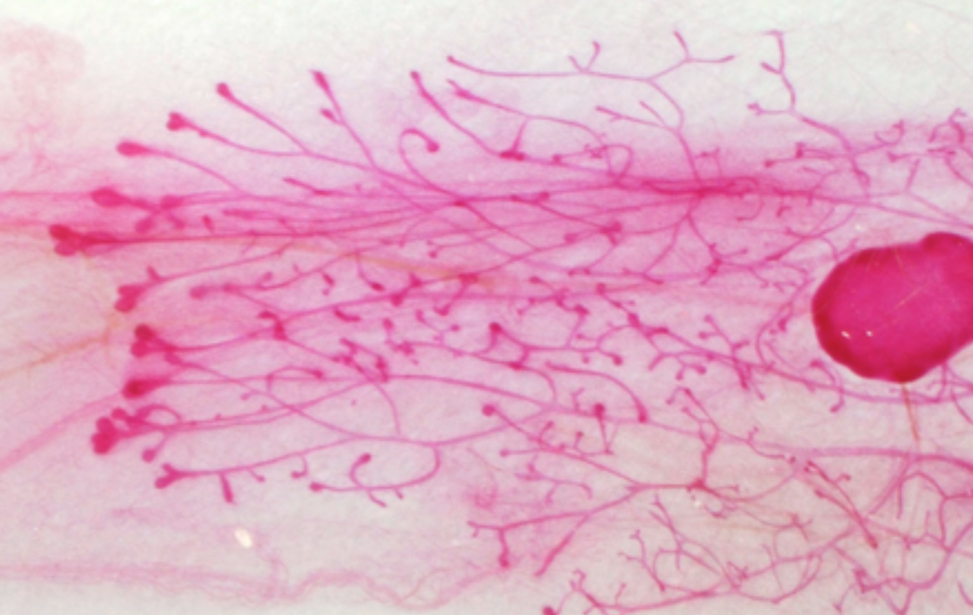
Tissue biology and tumorigenesis
Principal Investigator
Stefano Piccolo
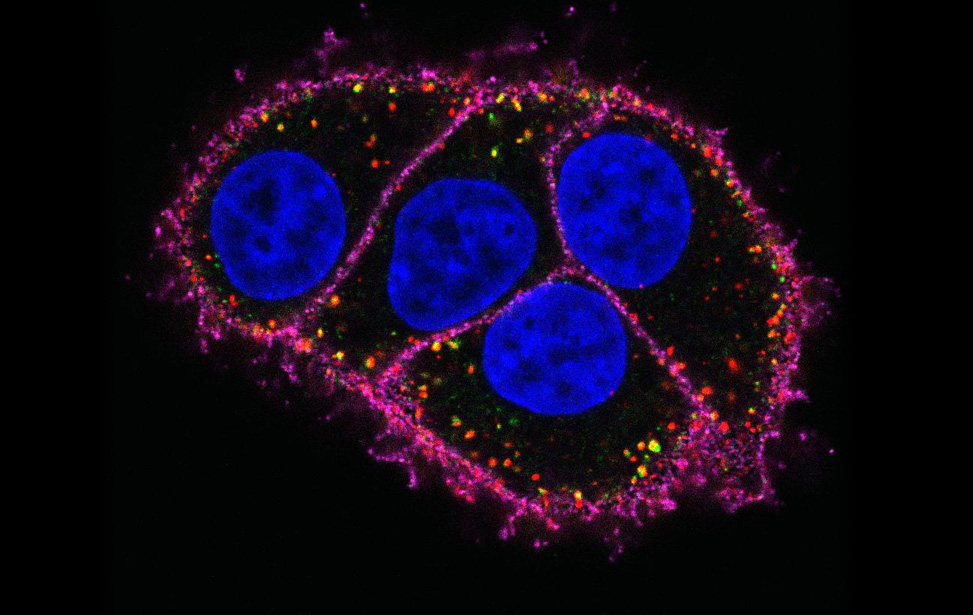
Molecular Machines in Signalling Pathways
Principal Investigator
Simona Polo
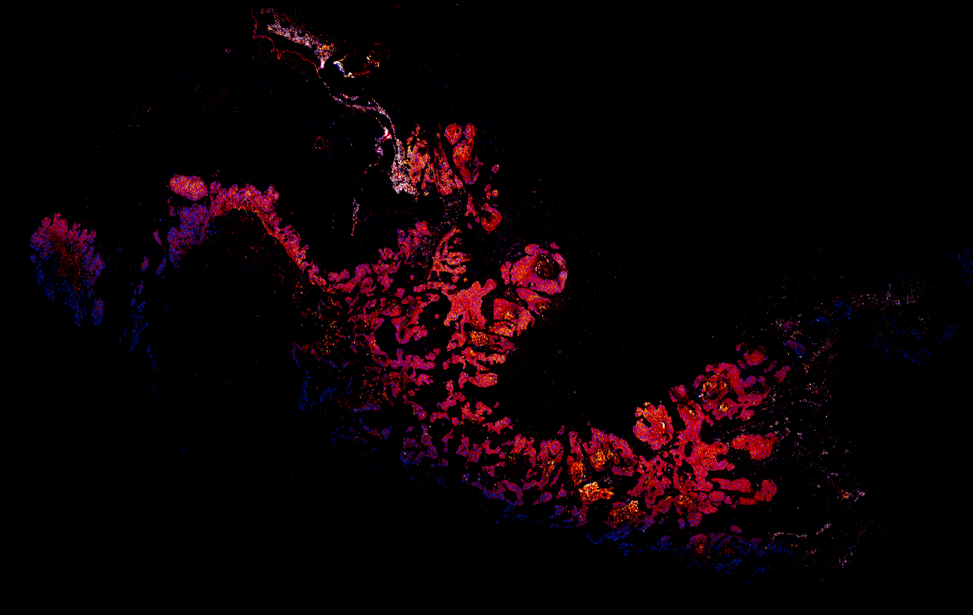
Tumor Spatial Biology
Principal Investigator
Denis Schapiro
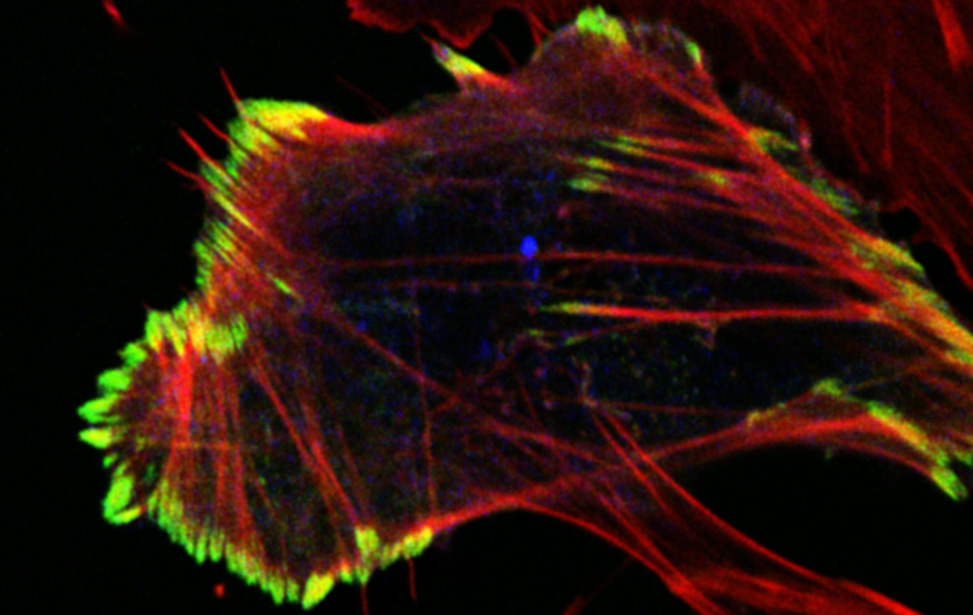
Mechanisms of Tumor Cell Migration
Principal Investigator
Giorgio Scita
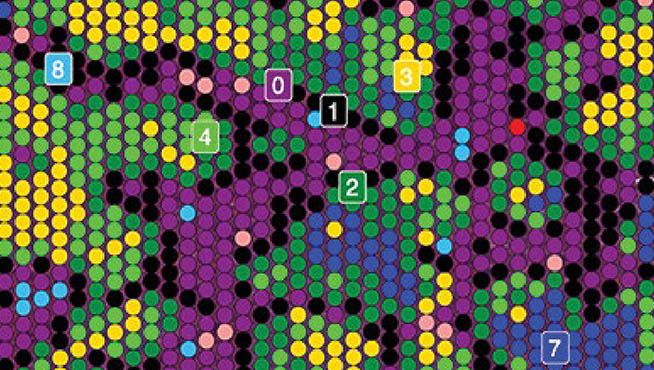
Advanced Pathology Laboratory
Principal Investigator
Claudio Tripodo
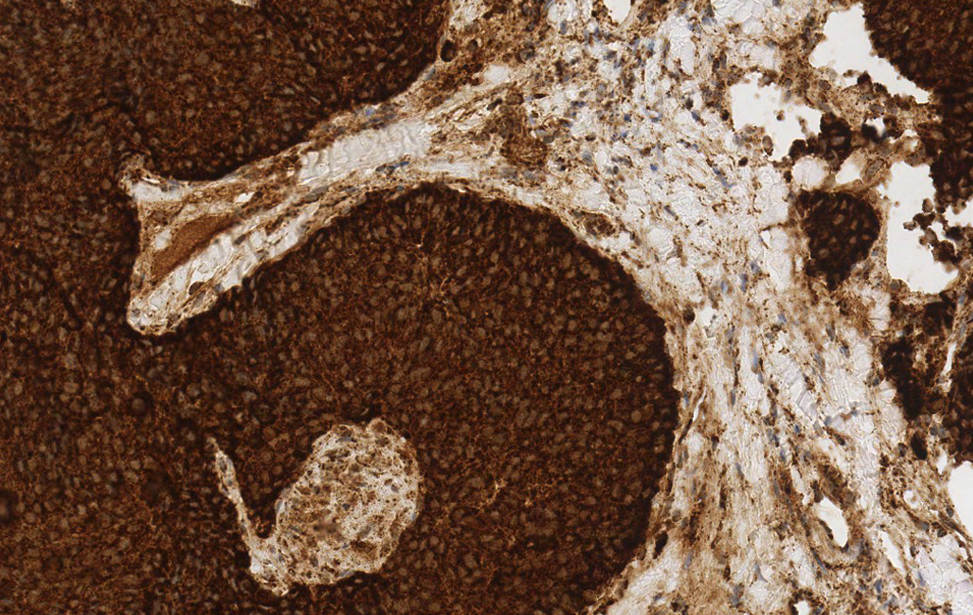
Metabolic Reprogramming in Solid Tumors
Principal Investigator
Claudio Vernieri
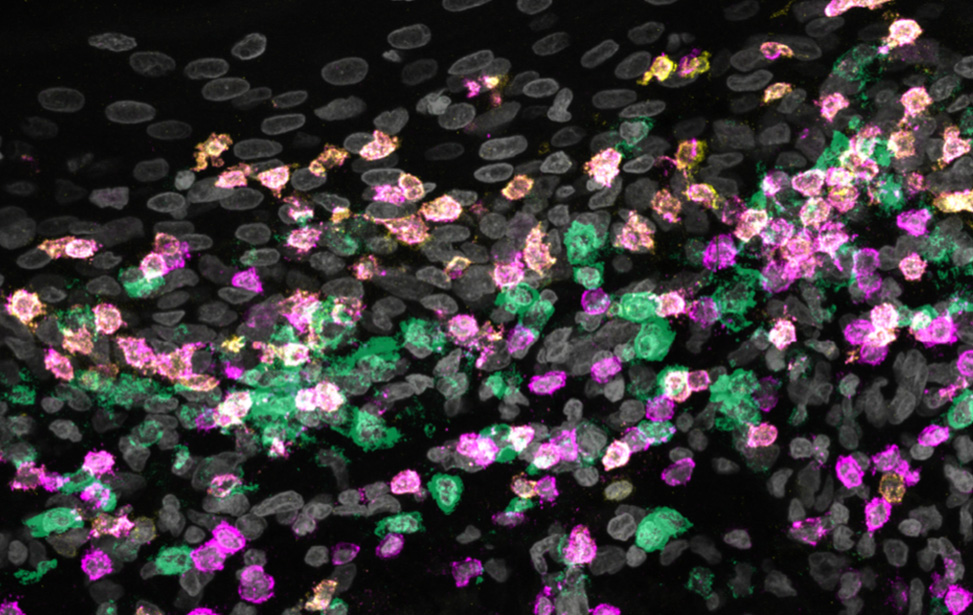
Tumor Microenvironment and Immunotherapy
Principal Investigator
Beatrice Zitti